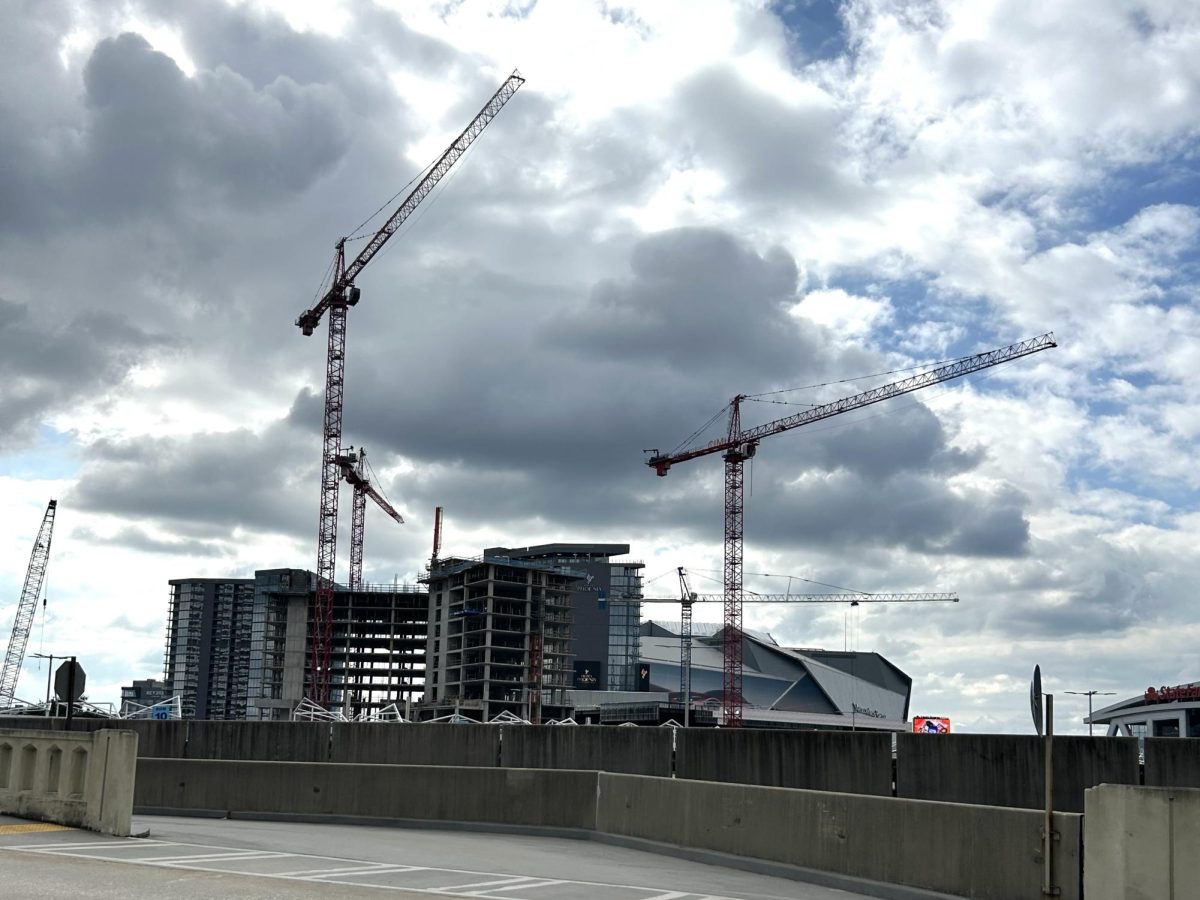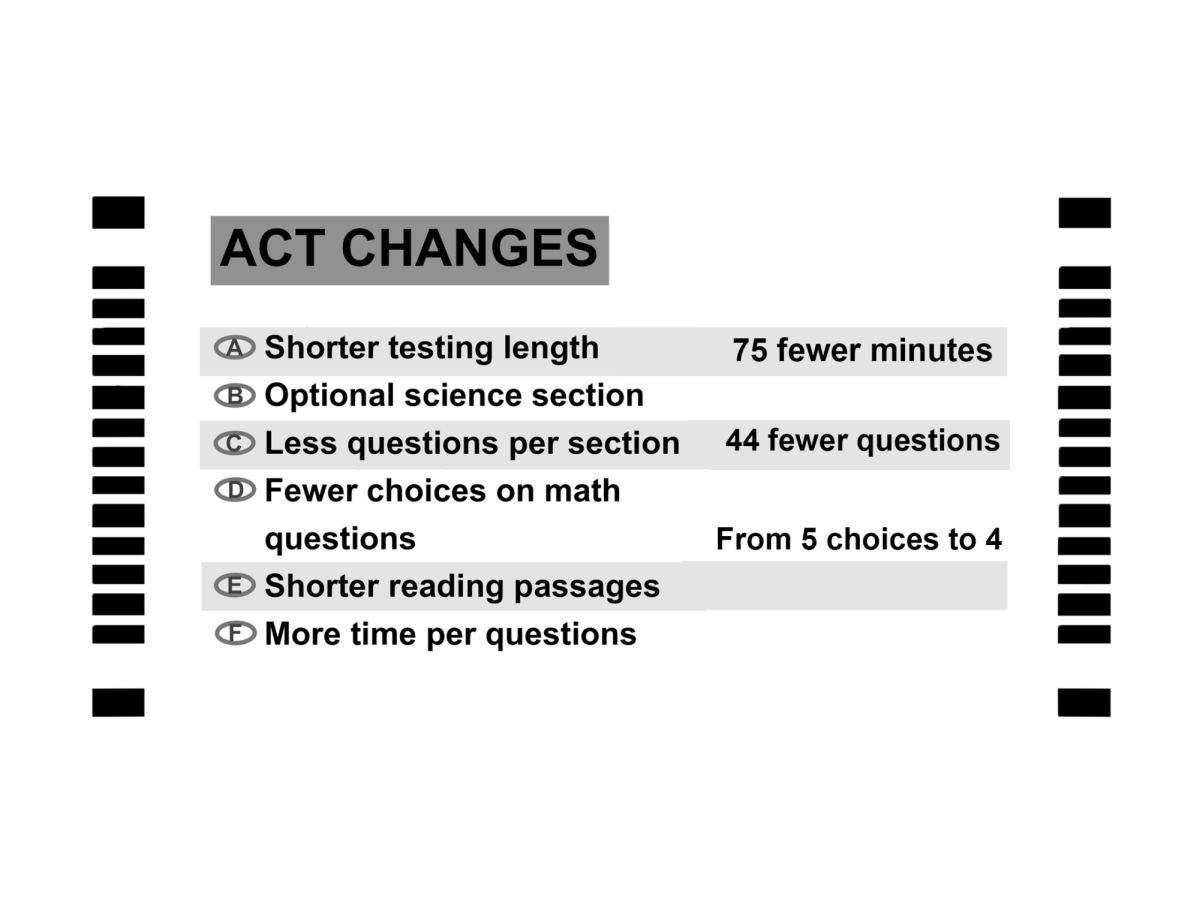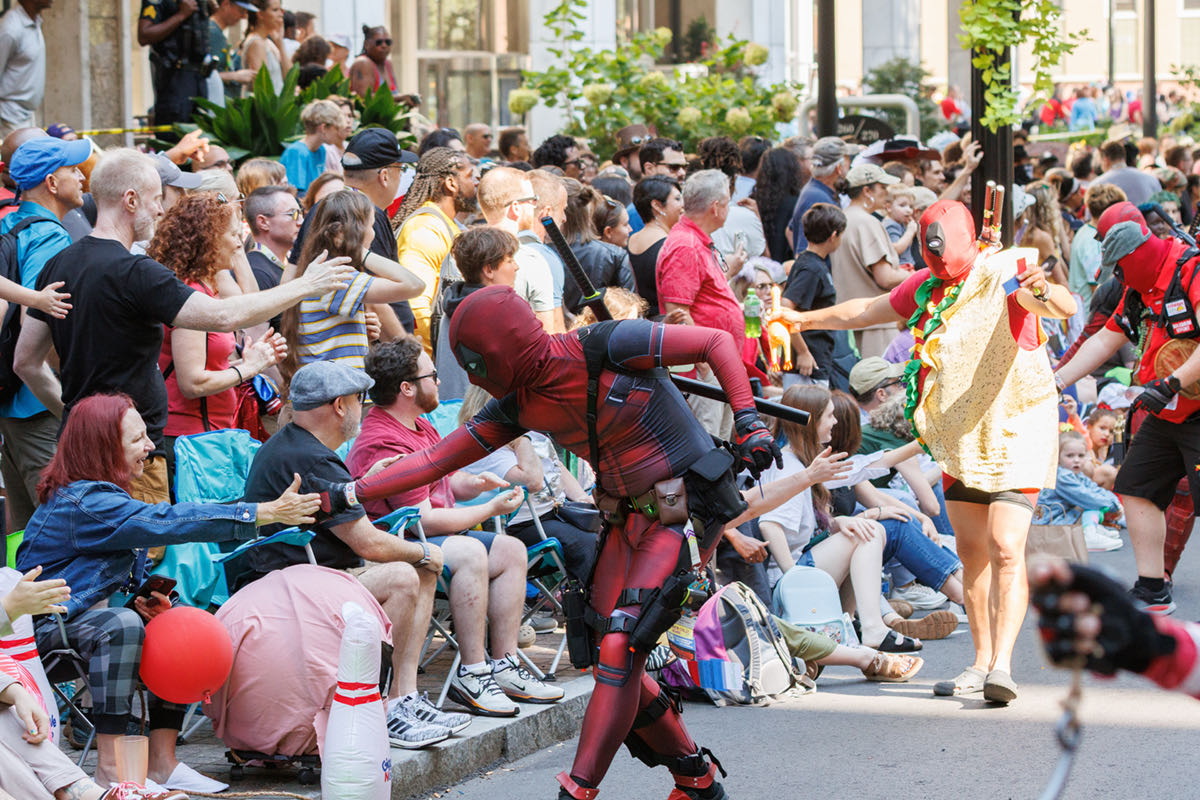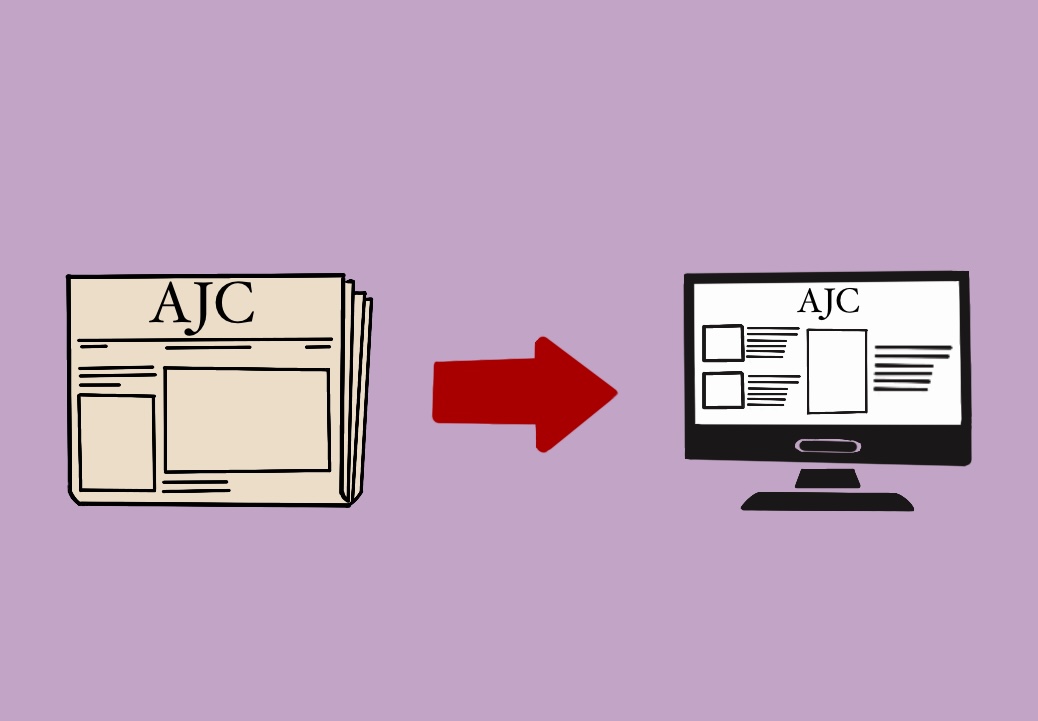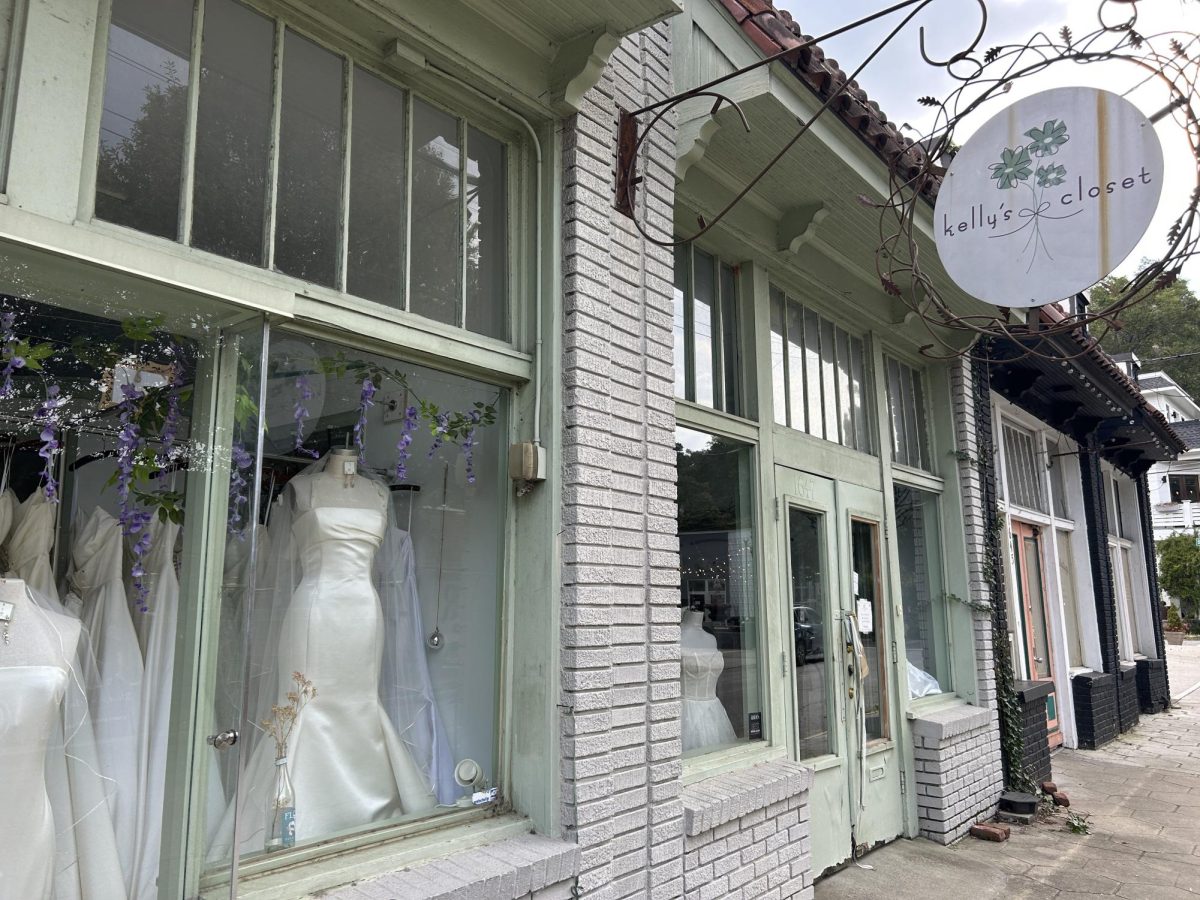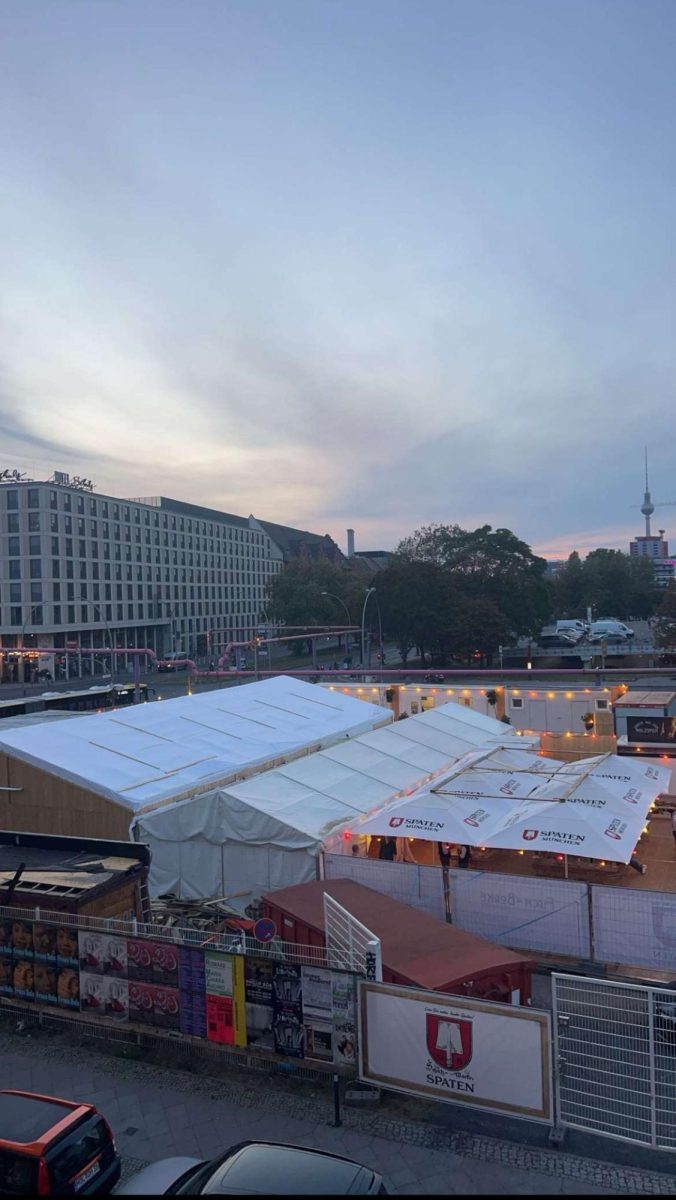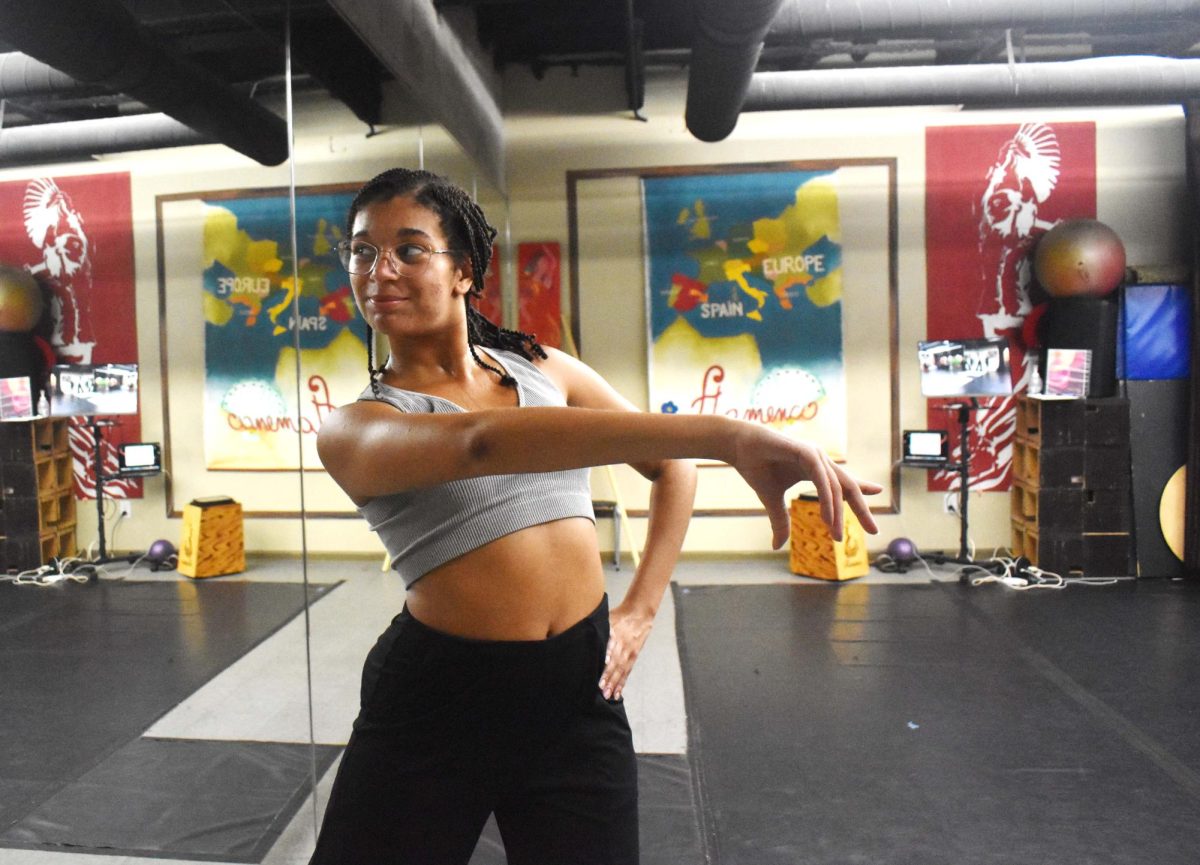Centennial Yards, downtown Atlanta’s newest urban development project, aims to build mixed-use and residential buildings in an area known as the Gulch and completely transform the surrounding urban landscape.
David Brown, a principal at TVS Architecture and Interior Design, is working on the project with his firm, who designed its first two buildings. TVS, as well as the other architecture firms involved in the development, worked with the Los Angeles based CIM Group investment firm who owns the property and invested in Centennial Yards’ construction. Brown said CIM envisioned covering up the Gulch to create a continuous downtown space.
“The central thesis was an extension of the fabric of the city over the top of the train tracks,” Brown said. “Our role was conceptualizing that in these first two buildings.”
In 2022, construction began on the first two buildings of the project, a hotel and a residential building.
“We competed for the project and we won the commission,” Brown said. “We started working with [CIM] right around [the end of] COVID. We are doing the Mitchell, which is a residential building, and we’re doing the Phoenix, which is the hotel.”
The Gulch, which Centennial Yards aims to cover up, is a historic area that resulted from the crossing of major rail lines during Atlanta’s early development. While still home to active rail lines, the Gulch had mostly been vacant land or parking lots prior to the construction of Centennial Yards.
“The reason there’s a city here today is because of the intersection of four major rail lines which all came together in downtown Atlanta,” Brown said. “There’s a mile railpost, which is a historical marker that’s in the ground underneath a parking deck, that marks where all those rail lines intersected and where Atlanta grew up as a city.”
The fact that the Gulch was at Atlanta’s urban center meant that as the city developed, roads were built above the rail lines. These roads would become city blocks, which effectively put the Gulch below ground level.
“There are some buildings that date back to pre-automobile times, where today, when you walk into the ground floor of a building, you’re really walking into the third floor of that building, and the first floor of that building is down below the network of streets,” Brown said.
Brown believes this unique environment contributed to challenges during the design process that a more conventional project would not have. One such challenge was ensuring that the finished product would be safe, despite not being on solid ground.
“Typically, fire trucks arrive at the ground floor of the building, and they stage the firefighting operations from the ground,” Brown said. “That’s the safe place to be. The challenge on this project is that the ground is the train tracks, and the first floor of the building is 40 feet up in the air. So the fire trucks, when they arrive at the front door of our building, are on an elevated structure. The last thing you want is the emergency responders to put themselves in a situation that’s dangerous.”
Additionally, the Gulch is not a completely unused area of land, as many of the train tracks running through it are still in use. This means construction would have to take place over an active rail line.
“The other part that was really complicated is that we’re building alongside the train tracks, so cooperation with Norfolk Southern and the other rail lines that pass through there is really critical,” Brown said.
While the developers have faced challenges, Brown believes the overall progress has been positive and the area will continue to grow.
“There’s so much more that needs to happen in that area, but it is going to happen,” Brown said. “The difference between what it’s like down there today versus what it was like ten years ago is miles apart.”
This idea of the development of the downtown area has extended beyond just the property of Centennial Yards. Jaren Abedania, a development project manager with South Downtown Atlanta, said their company has been conducting their own urban development on a smaller scale. Abedania believes Centennial Yards will lead to the improvement of more than just the physical space.
“[The Gulch] is a space that has been overlooked for decades,” Abedania said. “I think [Centennial Yards] is a very transformative use of formerly vacant space in the heart of our downtown, and will be a great benefit to downtown specifically, but also Atlanta, the state and the more broad entertainment district.”
While South Downtown Atlanta was not involved in the planning, design or construction of Centennial Yards, its close proximity to the Gulch has allowed Abedania to see the project develop over time.
“I am not associated with Centennial Yards, but I can see it,” Abedania said. “I see the progress every day outside of my office window. It’s really exciting.”
Abedania also believes the development of Centennial Yards is special because of the Gulch’s history and the role the location played in giving Atlanta its foundations that helped it grow into the city it is today.
“There’s a ton of optimism for the future of those sites, partly because of what is happening now, but also because of the history of it,” Abedania said. “The reason why Atlanta is a place is because of the site where these projects are now ongoing.”
Junior Andrew West has noticed Centennial Yards’ growth, and believes covering up the Gulch will greatly improve Atlanta’s downtown area.
“I think it is cool that they are covering up the Gulch,” West said. “It did not look the nicest downtown. Having an area like Centennial Yards will look nicer for the city.”
West believes Centennial Yards will transform the downtown area while augmenting the city center’s already positive elements.
“I have seen and heard about the construction of Centennial Yards, and I have seen it start from nothing and grow into these large buildings,” West said. “It is cool to see our city center grow in such a way, especially in an area like downtown which is already so vibrant.”
Brown believes that one such element that will be improved is Atlanta’s pedestrian accessibility.
“What CIM is bringing to the city of Atlanta is this level of pedestrian activation that that part of town never had at street level,” Brown said. “It was always parking lots, and you had to drive to the entertainment district … It’s very much starting to evolve into a real pedestrian atmosphere.”

